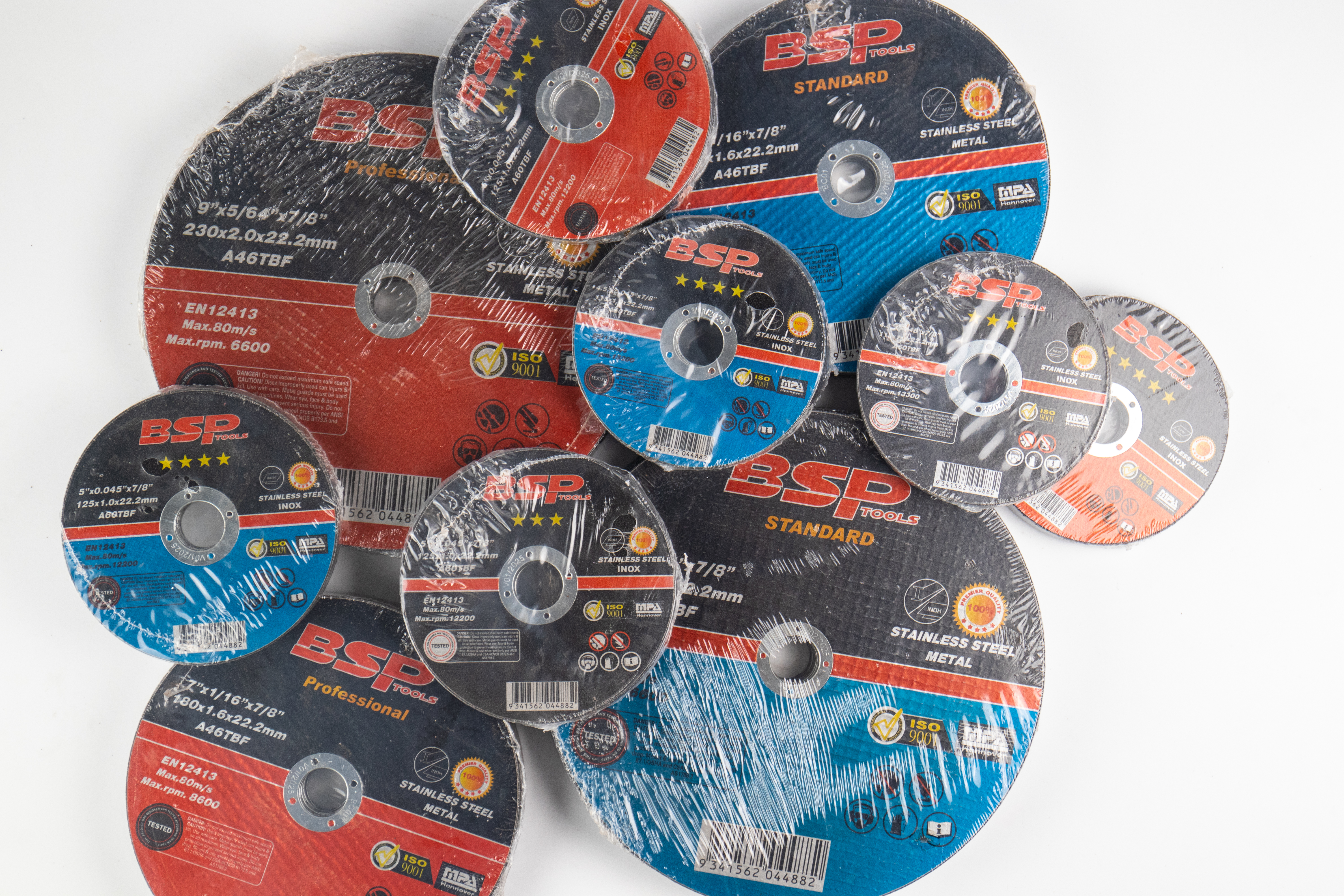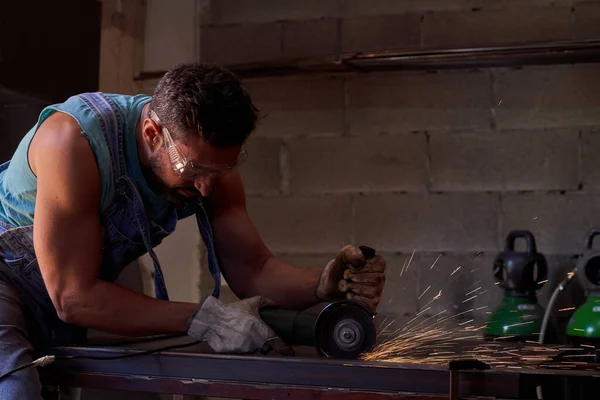Cut-off wheels are indispensable tools in various industries, from metalworking to construction, providing precision cutting solutions for a myriad of materials. Among the plethora of options available, the T1 and T27 cut-off wheels stand out as popular choices. Understanding the disparities between these two types is crucial for selecting the appropriate tool for specific applications. In this article, we delve into the nuances of T1 and T27 cut-off wheels, elucidating their divergent characteristics, applications, and advantages.
Understanding T1 Cut-Off Wheels:
T1 cut-off wheels, often referred to as straight wheels, feature a flat profile with a depressed center. This design facilitates efficient cutting along straight lines, making them ideal for tasks requiring precision and control. The flat shape ensures uniform contact with the workpiece, promoting stability and consistent cutting performance. T1 wheels are commonly used in applications where accuracy and smooth finishes are paramount, such as metal fabrication, automotive repair, and woodworking.
Key Features of T1 Cut-Off Wheels:
Now that we’ve acquainted ourselves with the essence of T1 wheels, let’s dissect their key features.
- Flat Profile:The flat design of T1 cut-off wheels ensures even distribution of cutting force, minimizing vibration and enhancing cutting precision.
- Depressed Center: The depressed center allows for flush cutting, enabling users to work closer to surfaces without obstruction.
- Enhanced Control: T1 wheels offer excellent maneuverability, making them suitable for intricate cutting tasks that demand precision and finesse.
- Versatility: While T1 wheels excel in straight-line cutting, they can also be utilized for light grinding and surface preparation applications.
Applications of T1 Cut-Off Wheels:
Having unveiled the distinctive features of T1 wheels, it’s imperative to explore their practical applications.
- Metal Fabrication: T1 wheels are widely used in metal fabrication shops for cutting steel, aluminum, and other metals with precision and efficiency.
- Automotive Repair: From cutting exhaust pipes to trimming body panels, T1 cut-off wheels play a vital role in automotive repair and restoration projects.
- Woodworking: In woodworking applications, T1 wheels are employed for cutting, shaping, and trimming wooden materials with accuracy and minimal waste.
Understanding T27 Cut-Off Wheels:
In contrast to T1 wheels, T27 cut-off wheels feature a raised hub or flange around the arbor hole, resulting in a conical shape. This design allows for angled cutting and grinding, making T27 wheels well-suited for beveling, edge grinding, and surface blending tasks. The angled profile provides enhanced accessibility to workpieces and facilitates efficient material removal, making T27 wheels indispensable in industries such as metal fabrication, construction, and manufacturing.
Key Features of T27 Cut-Off Wheels:
As we delve deeper into the realm of T27 cut-off wheels, it’s essential to dissect their key features.
- Conical Profile: The conical shape of T27 wheels enables angled cutting and grinding, allowing users to work on beveled edges and irregular surfaces.
- Raised Hub: The raised hub provides clearance for the abrasive material, preventing interference with the workpiece and ensuring uninterrupted cutting or grinding.
- Aggressive Cutting Action: T27 wheels deliver aggressive cutting and grinding performance, making them suitable for heavy-duty applications that require rapid material removal.
- Accessibility: The angled design of T27 wheels enhances accessibility to tight spaces and hard-to-reach areas, facilitating efficient operations in confined environments.
Applications of T27 Cut-Off Wheels:
Having acquainted ourselves with the distinctive features of T27 wheels, let’s explore their practical applications.
- Beveling and Edge Grinding: T27 wheels excel in beveling and edge grinding tasks, producing precise bevels and chamfers on metal workpieces.
- Surface Blending:In surface blending applications, T27 wheels are utilized to smooth out welds, remove surface imperfections, and achieve uniform finishes.
- Heavy-Duty Cutting: T27 cut-off wheels are commonly employed in heavy-duty cutting applications, such as pipeline construction, shipbuilding, and structural steel fabrication.
Choosing the Right Cut-Off Wheel:
When selecting between T1 and T27 cut-off wheels, several factors must be considered, including the nature of the application, material type, desired finish, and accessibility requirements. For straight-line cutting and tasks that demand precision, T1 wheels are the preferred choice, offering excellent control and stability. On the other hand, for angled cutting, beveling, and aggressive material removal applications, T27 wheels are more suitable, thanks to their conical profile and enhanced cutting efficiency.
Conclusion:
In the realm of precision cutting and grinding, the choice between T1 and T27 cut-off wheels can significantly impact the outcome of various applications. Understanding the distinctive features and capabilities of each type is essential for selecting the right tool for the job. Whether it’s achieving intricate cuts with precision or tackling heavy-duty grinding tasks, T1 and T27 wheels stand as indispensable assets in the arsenal of professionals across diverse industries, empowering them to accomplish their cutting and grinding objectives with efficiency and accuracy.


